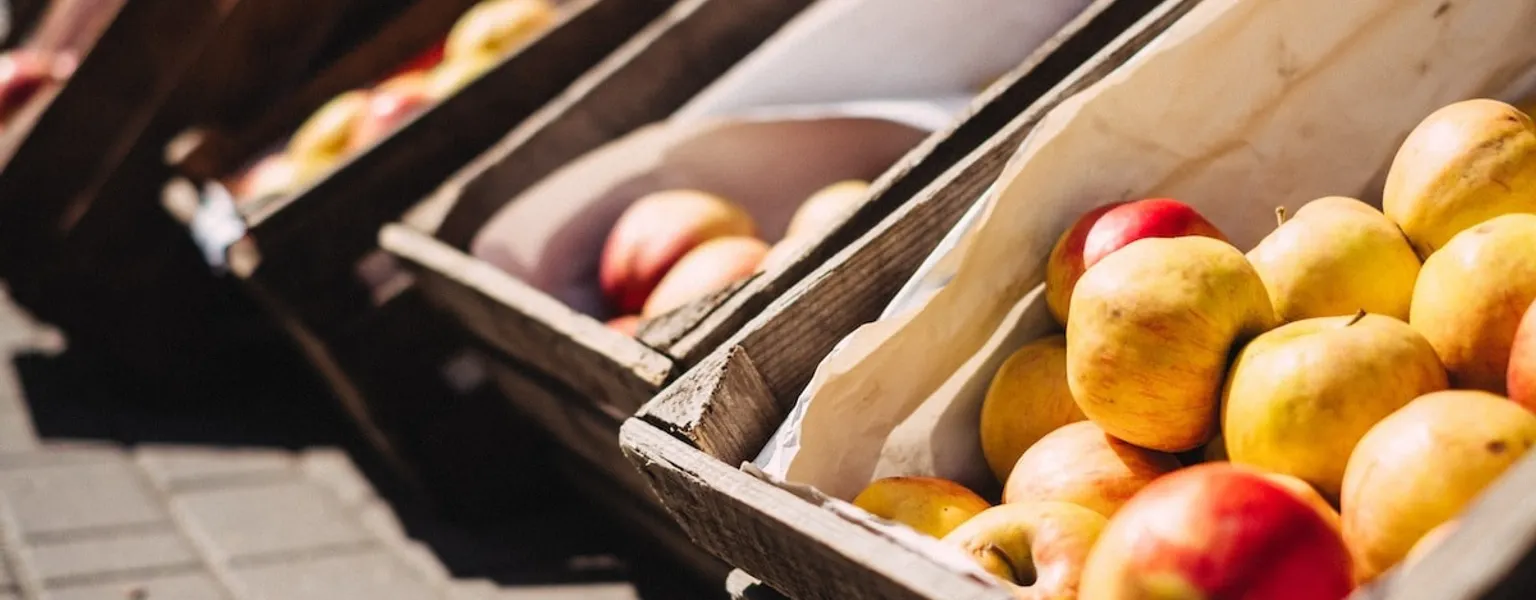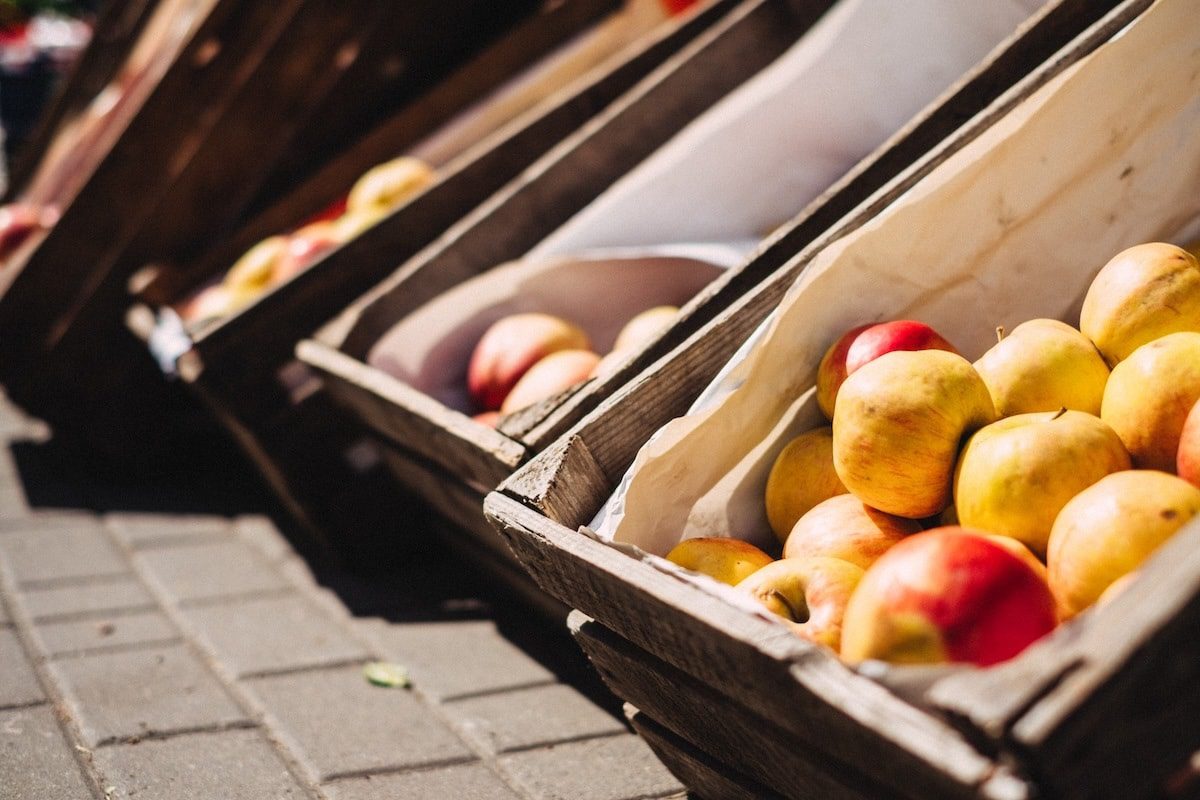World Food Day 2025: Packaging's role in food security and sustainability

Sustainability
Each year on 16 October, World Food Day highlights the ongoing challenge of providing safe, nutritious food for a growing global population. While much of the discussion focuses on agriculture, logistics and food security, the packaging industry also plays a vital role — helping to protect food, extend shelf life and reduce the waste that undermines global food supplies.

The food–packaging intersection
At first glance, packaging might seem peripheral to the core goal of food security. But in reality, it is a critical enabler: without effective packaging, food loss and waste soar, chilled or ambient distribution becomes more expensive, and nutritional quality can suffer.
As the global food packaging market expands (recent analyses project growth from about USD 400 billion in 2024 to over USD 562 billion by 2030) Grand View Research, pressures grow on the sector to innovate. Key trends shaping food packaging in 2025 include:
-
Eco-friendly materials: Compostable films, fibre-based trays, and reduced plastic content are top of mind for many manufacturers.
-
Advanced functional packaging: Modified atmosphere (MAP) trays, freshness indicators, and smart labels that monitor temperature or gas composition are increasingly adopted to extend shelf life.
-
Circular design and recyclability: More brands are committing to design for recyclability, using fewer mixed materials or making components easier to separate.
-
Regulation and policy push: Governments and regulatory bodies are tightening rules on single-use plastics, packaging waste targets, and requirements for recycled content.
These trends don’t just reflect environmental concern — they are responses to real inefficiencies and losses in the food chain. In some regions, as much as 30–40 % of food produced is lost post-harvest, packing and transport being key weak points. Packaging that is too fragile, that doesn’t protect from moisture or oxygen, or that can’t survive transport conditions ends up contributing to waste, undermining efforts made upstream in agriculture or processing.
Challenges and trade-offs
However, it’s not a simple equation. Several tensions are at play:
-
Cost vs sustainability: Greener materials or smart technologies often come at higher cost. Especially for lower-margin food products, manufacturers may resist the shift unless there’s regulatory or market pressure.
-
Performance vs simplicity: Increasing recyclability or compostability may require sacrificing barrier performance (against moisture, oxygen, pests) that conventional plastics deliver.
-
Consumer acceptance: Even when the packaging is eco-designed, consumers may mis-sort packaging or be sceptical about its performance, reducing its real-world impact.
-
Infrastructure gaps: Recycling or composting systems are still underdeveloped in many markets, meaning that even well-designed packaging might not reach its end-of-life potential.
Thus, on World Food Day, the packaging sector’s role is not just about materials — it’s also about design, logistics, consumer education, and regulatory alignment.
What can the industry do?
To align packaging more closely with sustainable food systems, stakeholders can:
-
Adopt integrated design thinking — packaging must be conceived in tandem with processing, logistics, retail, and end-of-use systems.
-
Pilot and scale innovations — smart barriers, active packaging, edible films or sensors can move from niche to broader deployment.
-
Engage with policy and standards — shaping regulation around minimum recycled content, extended producer responsibility, or packaging waste targets ensures that industry innovation is aligned with societal aims.
-
Educate supply chains and consumers — proper handling, sorting, and disposal behaviour is essential to unlock packaging’s value.
-
Collaborate across sectors — food brands, packaging firms, waste managers, governments and NGOs must work together to close loops.
On this World Food Day, the message is clear: packaging is not just a sustainability issue — it is central to how the world feeds itself. Thoughtful design and innovation can ensure that food reaches people safely, efficiently and with minimal waste.
Keep an eye out for our upcoming October issue — it’s a Food & Beverage edition, with feature stories, deep dives and innovations in packaging for the food sector.
Related News
-
Sustainability
CalRecycle study finds 8.5m tonnes of packaging sent to landfill in California
-
Business
New packaging solution prevents waste and damage in long-haul fruit & veg exports
-
Sustainability
New edible plant-based coating aims to replace plastic wrap on cucumbers
-
Sustainability
Plastic Free July: Reducing waste through smarter packaging choices
-
Business
New grants support US composters process packaging and food waste




